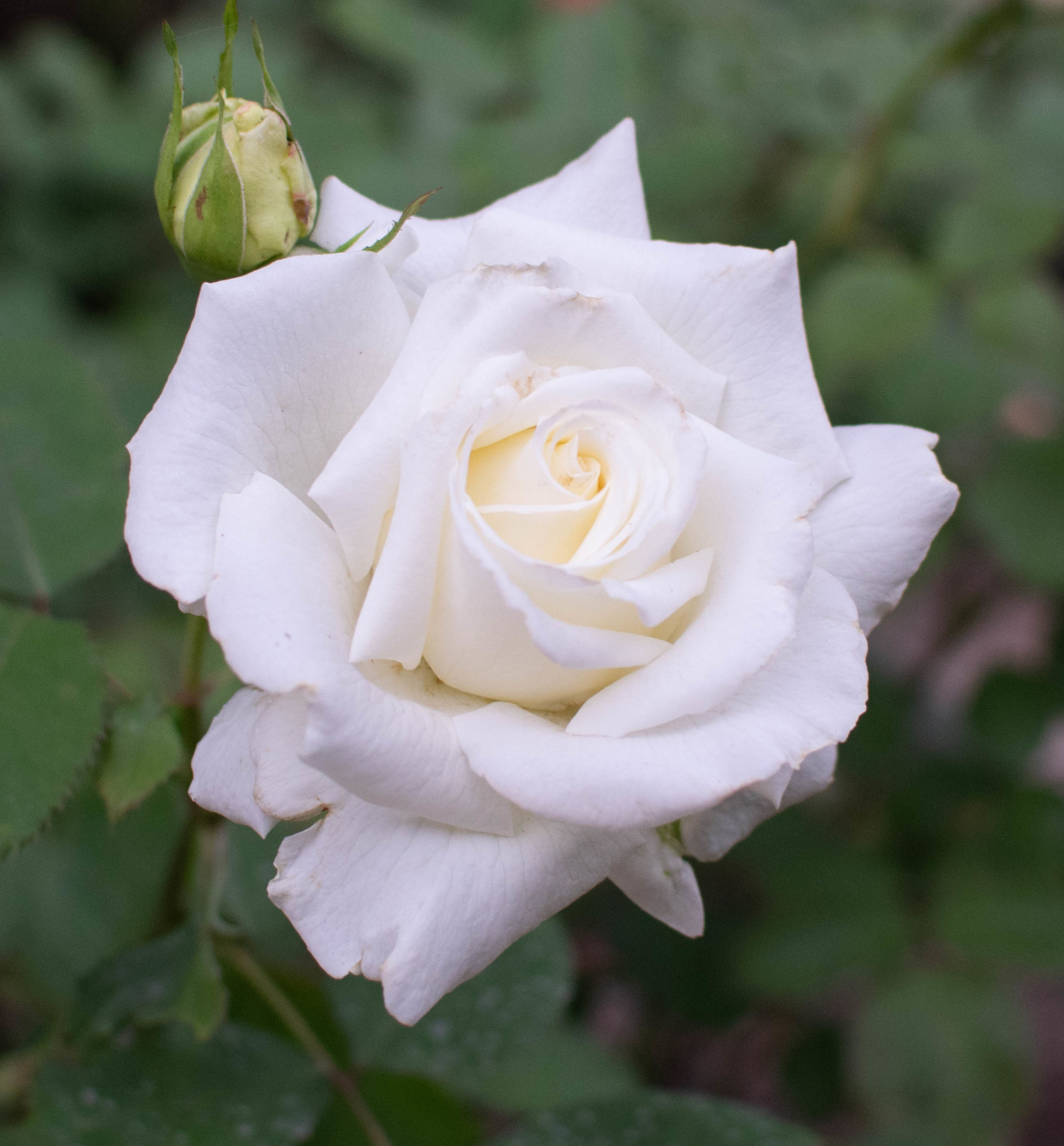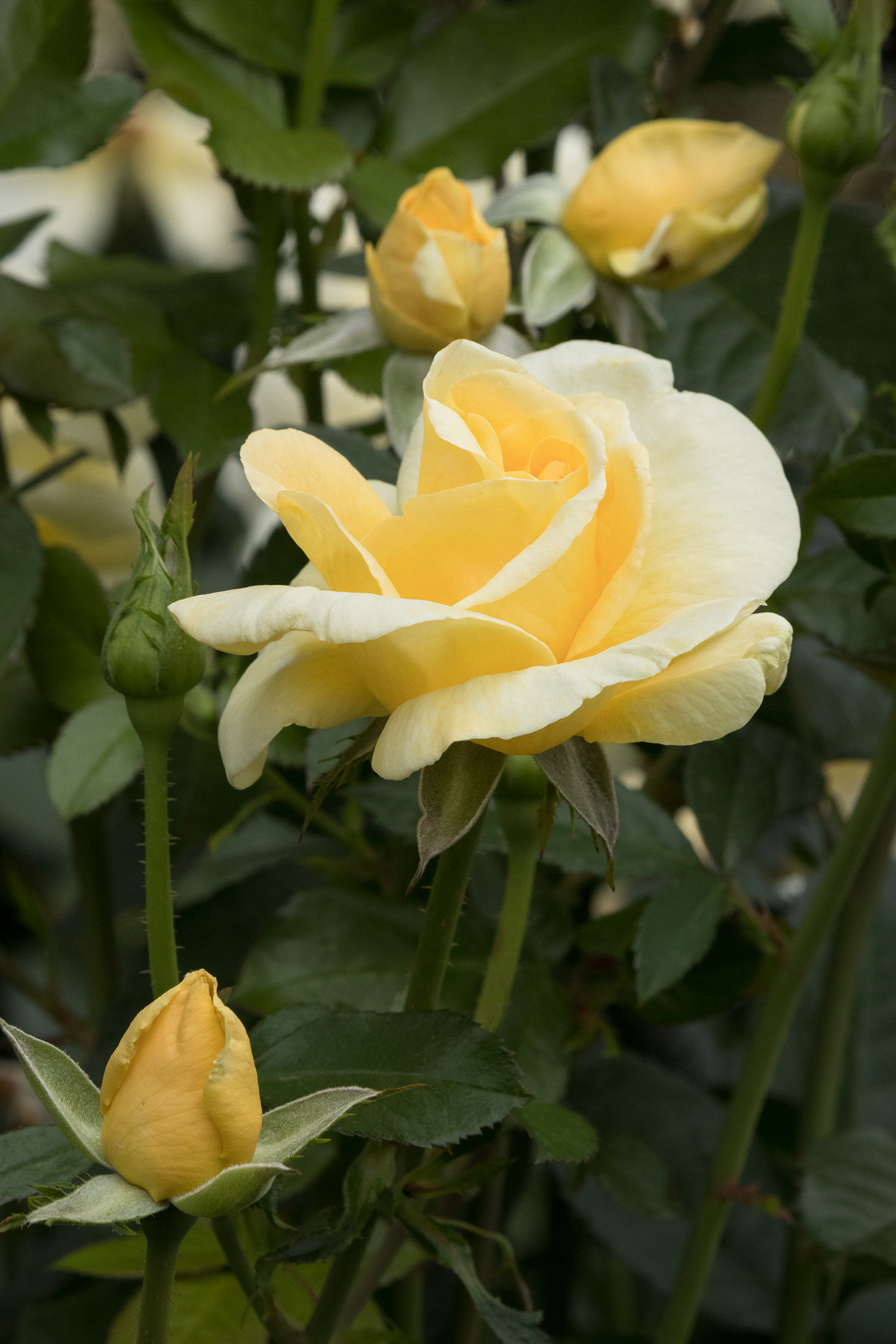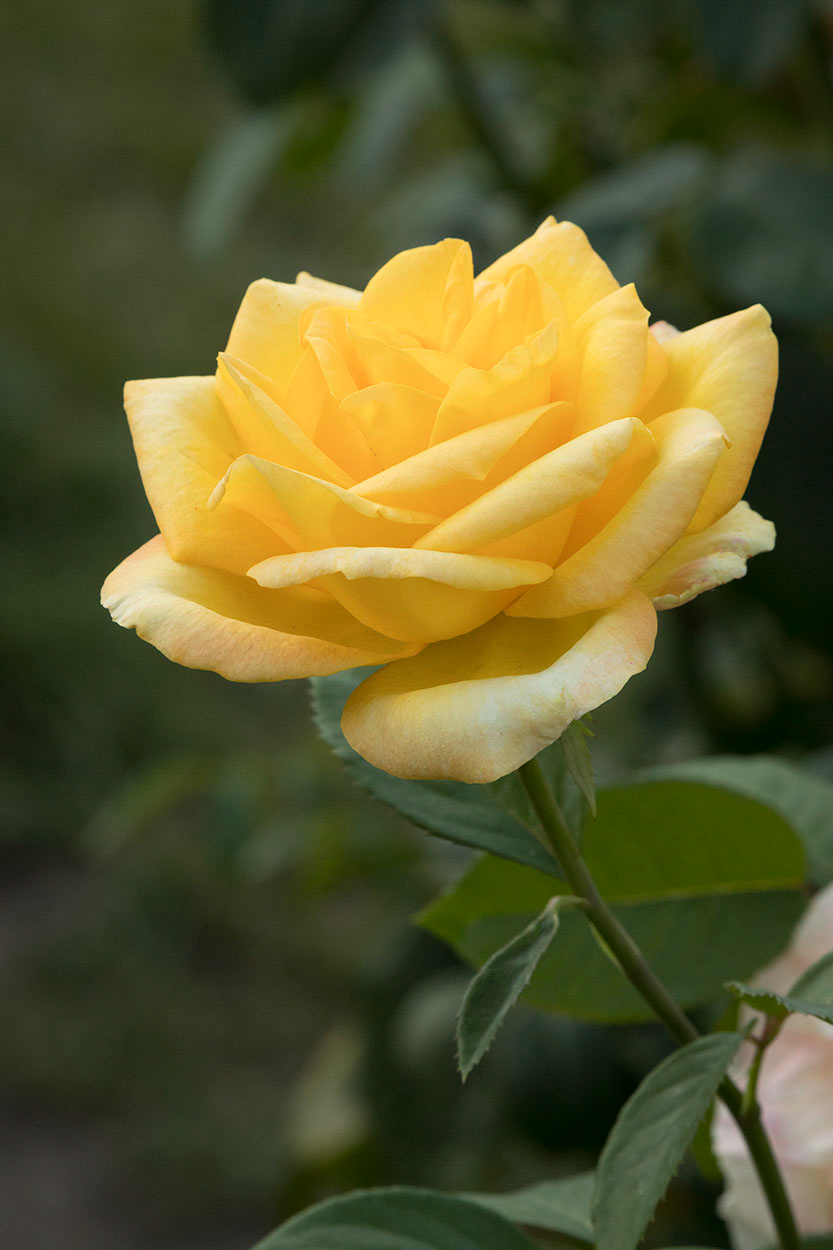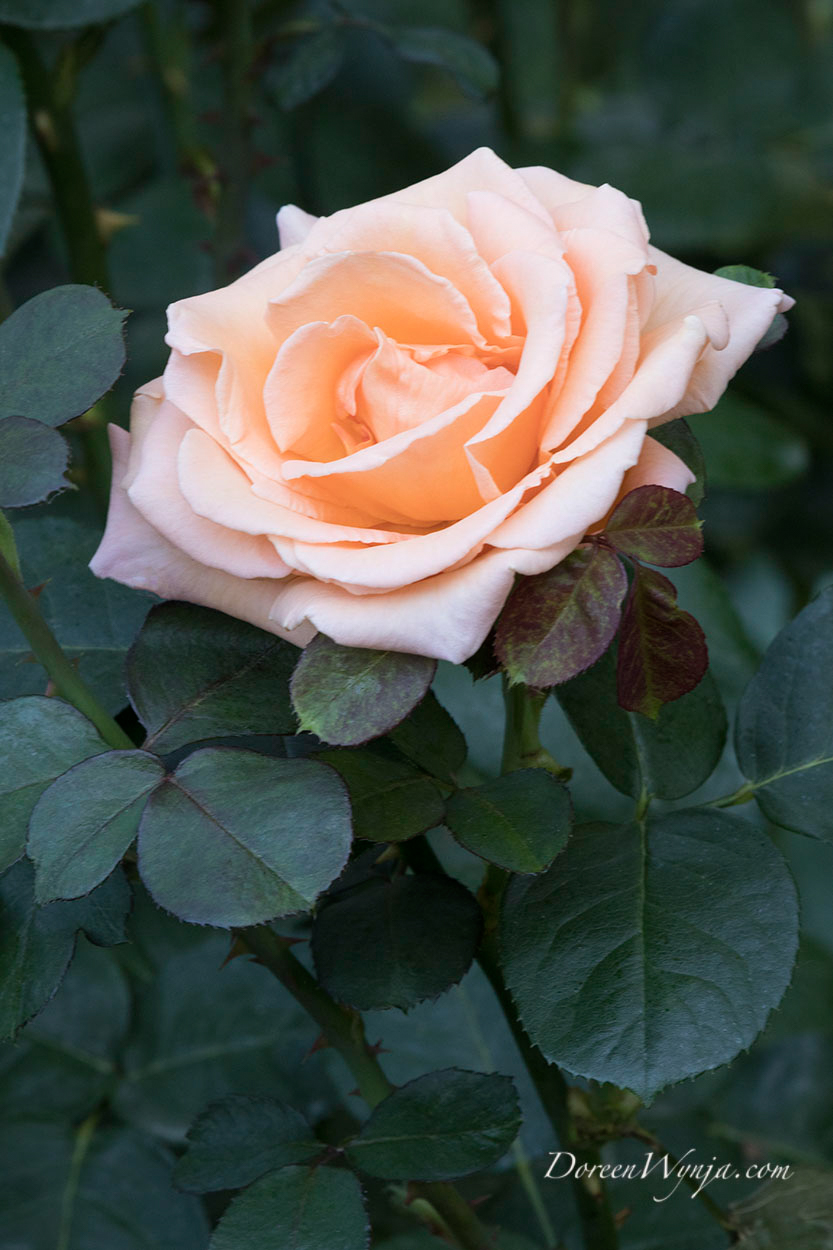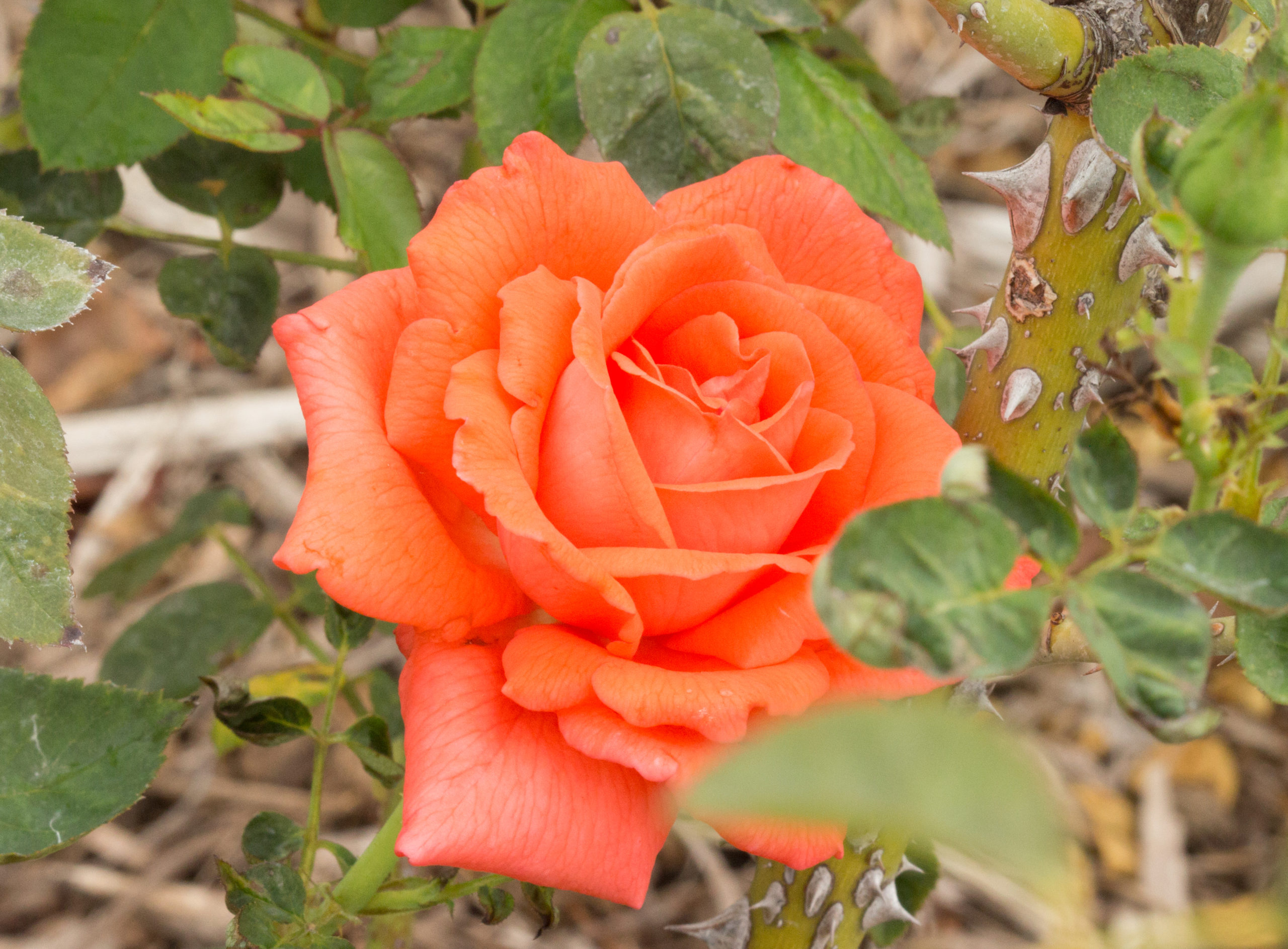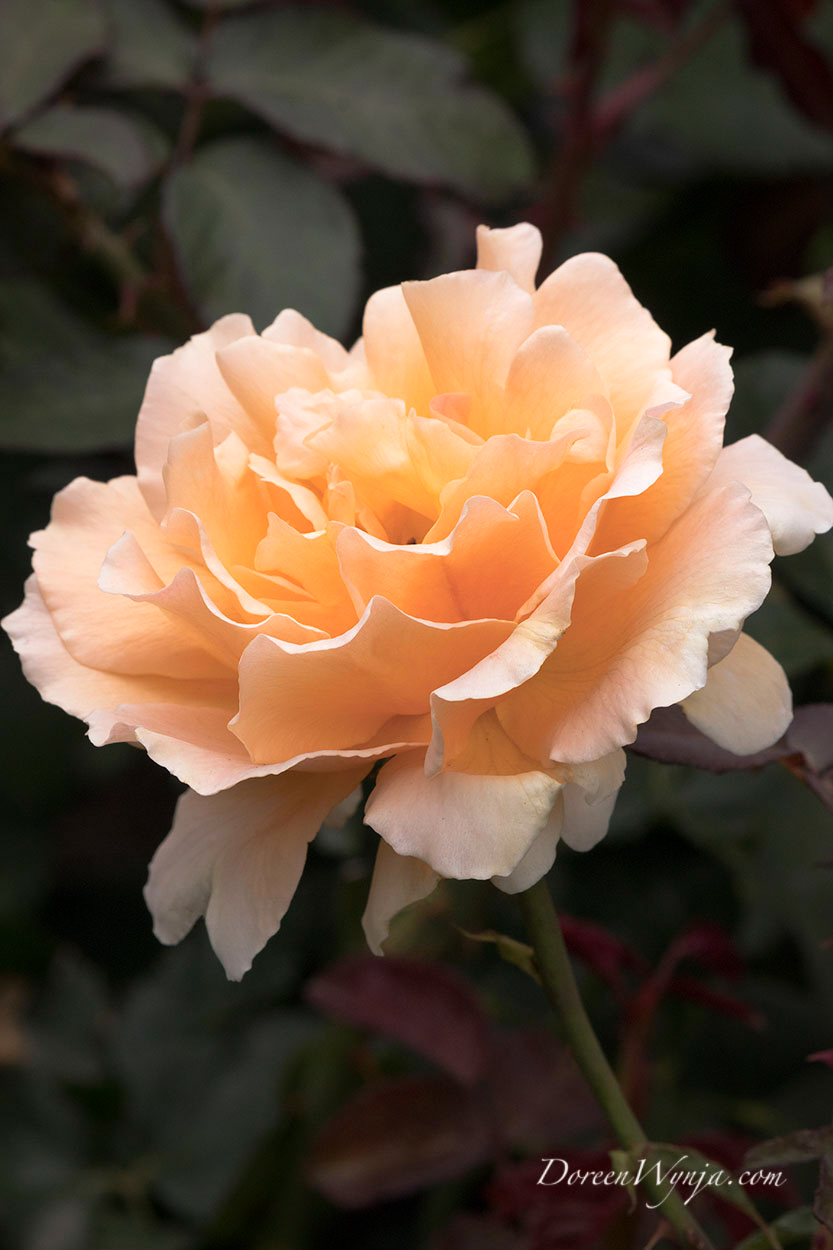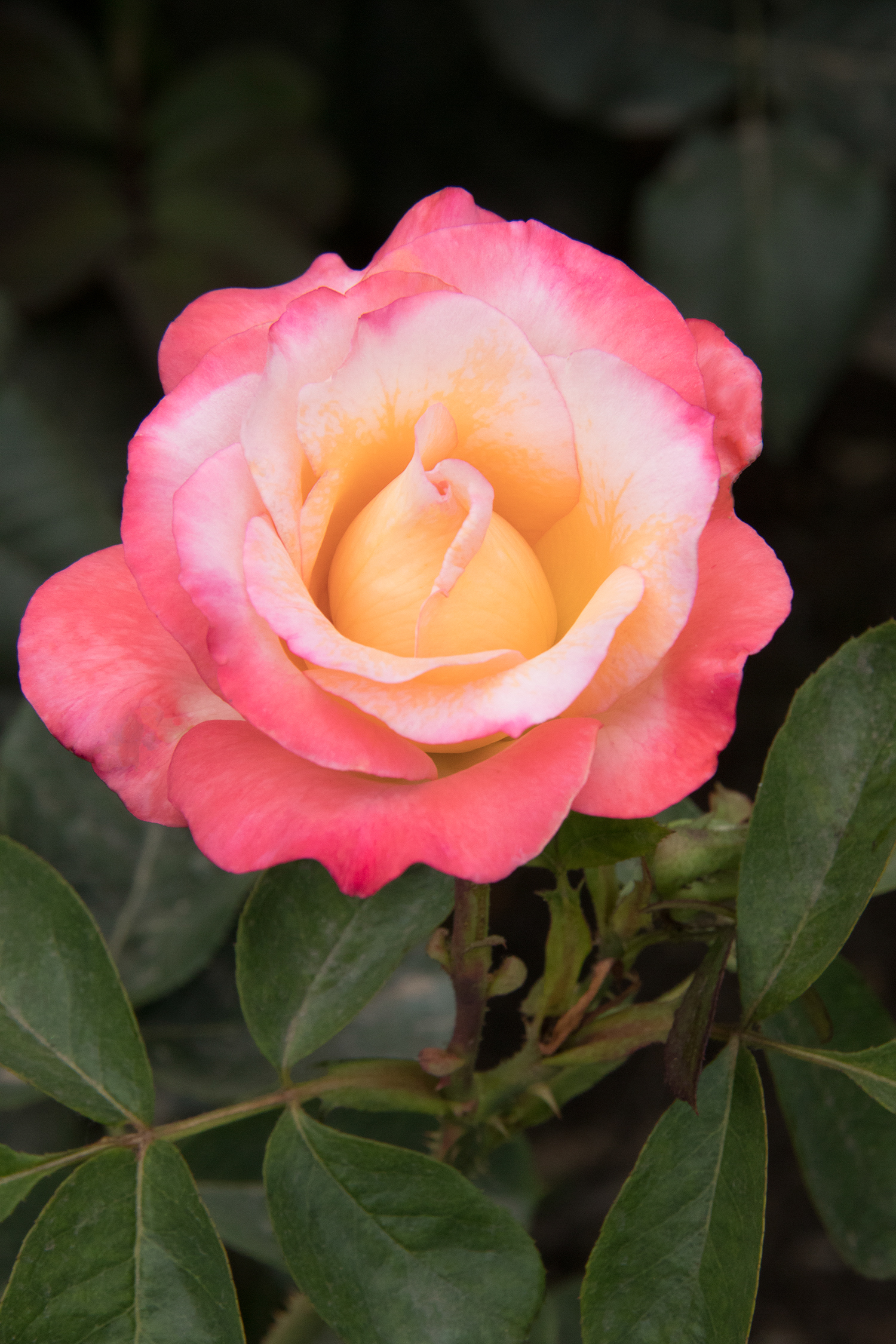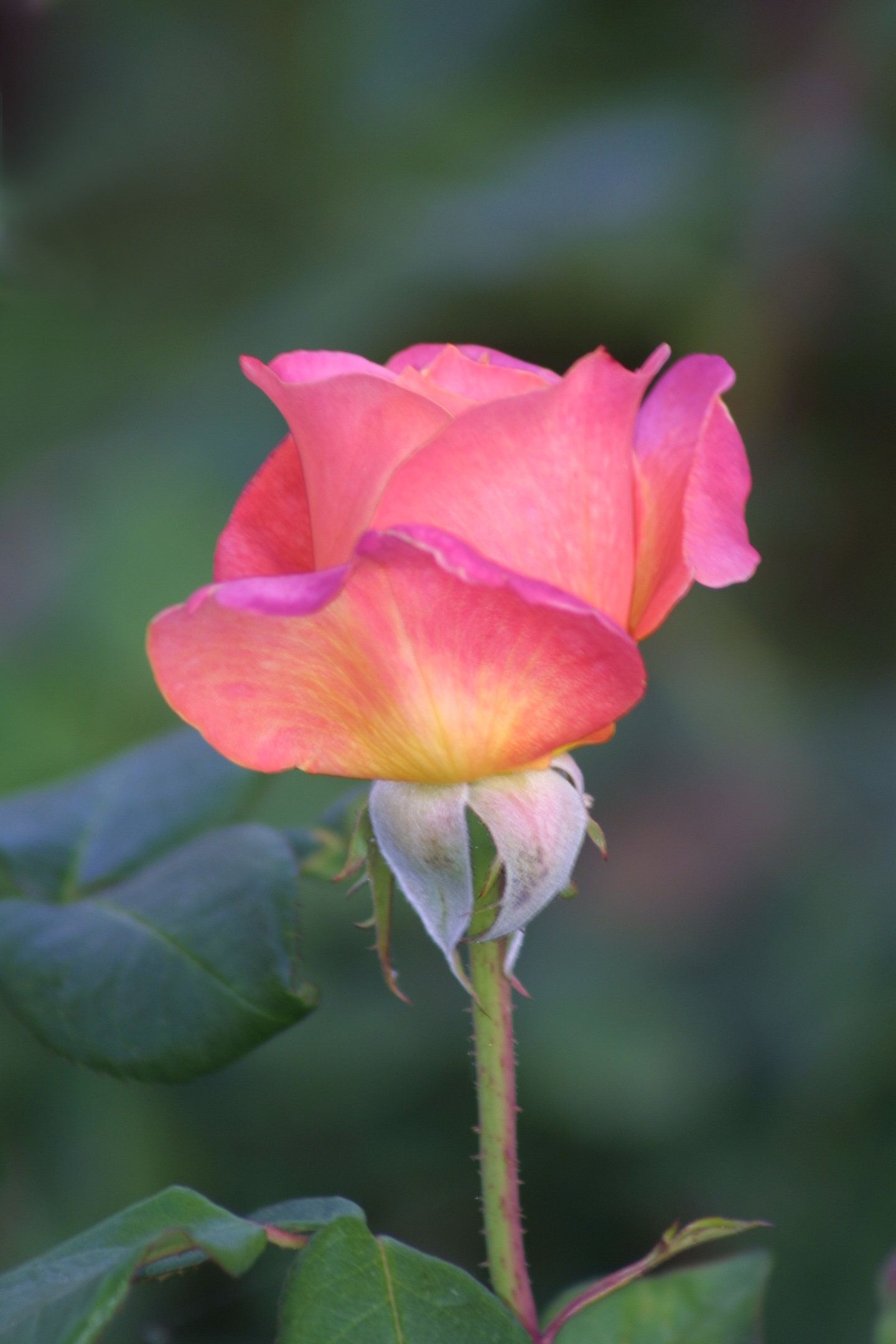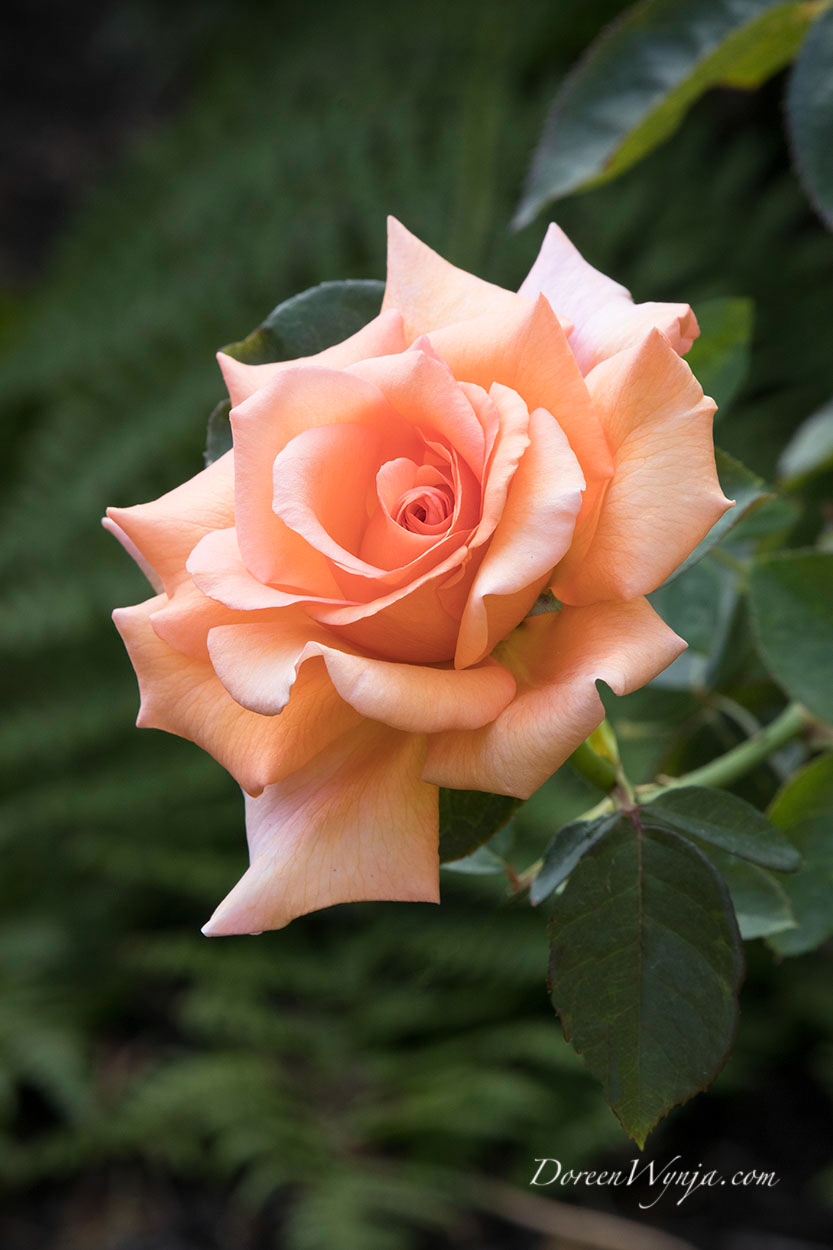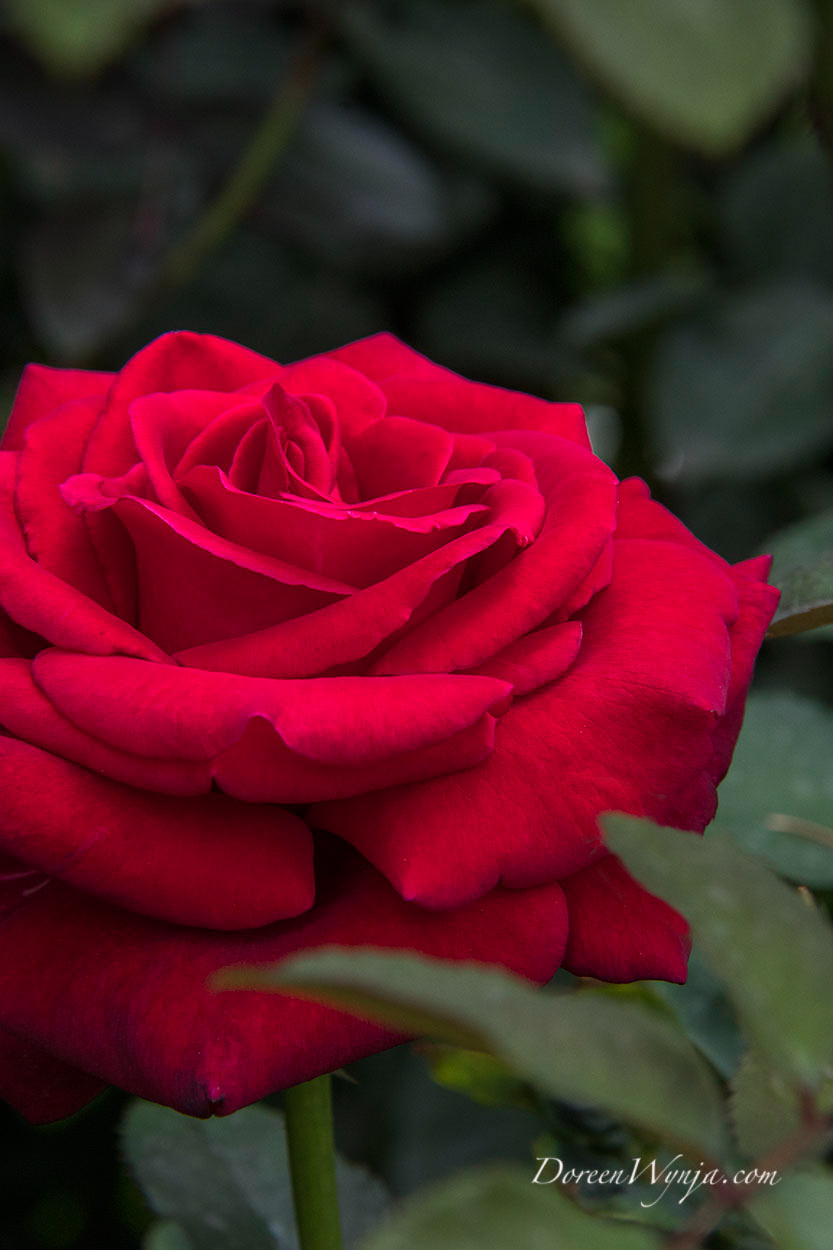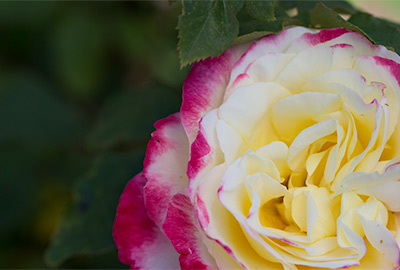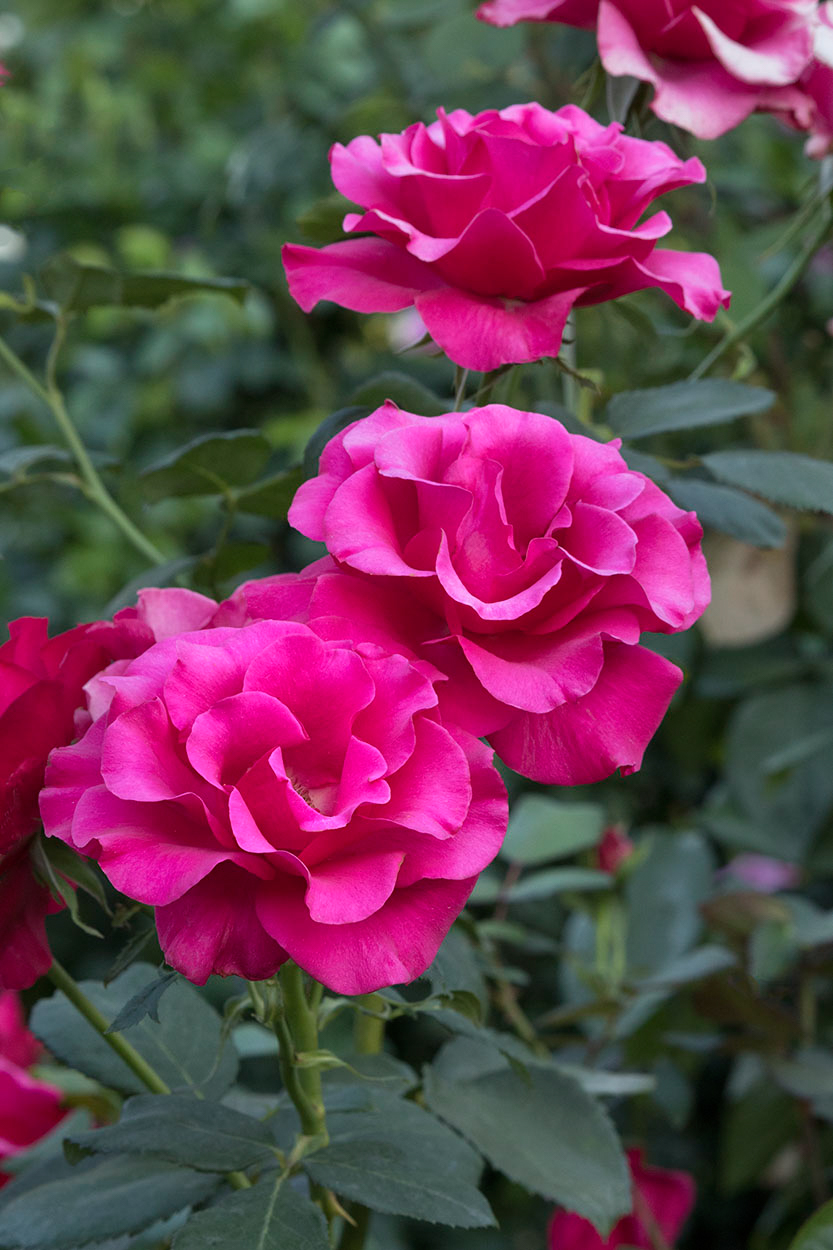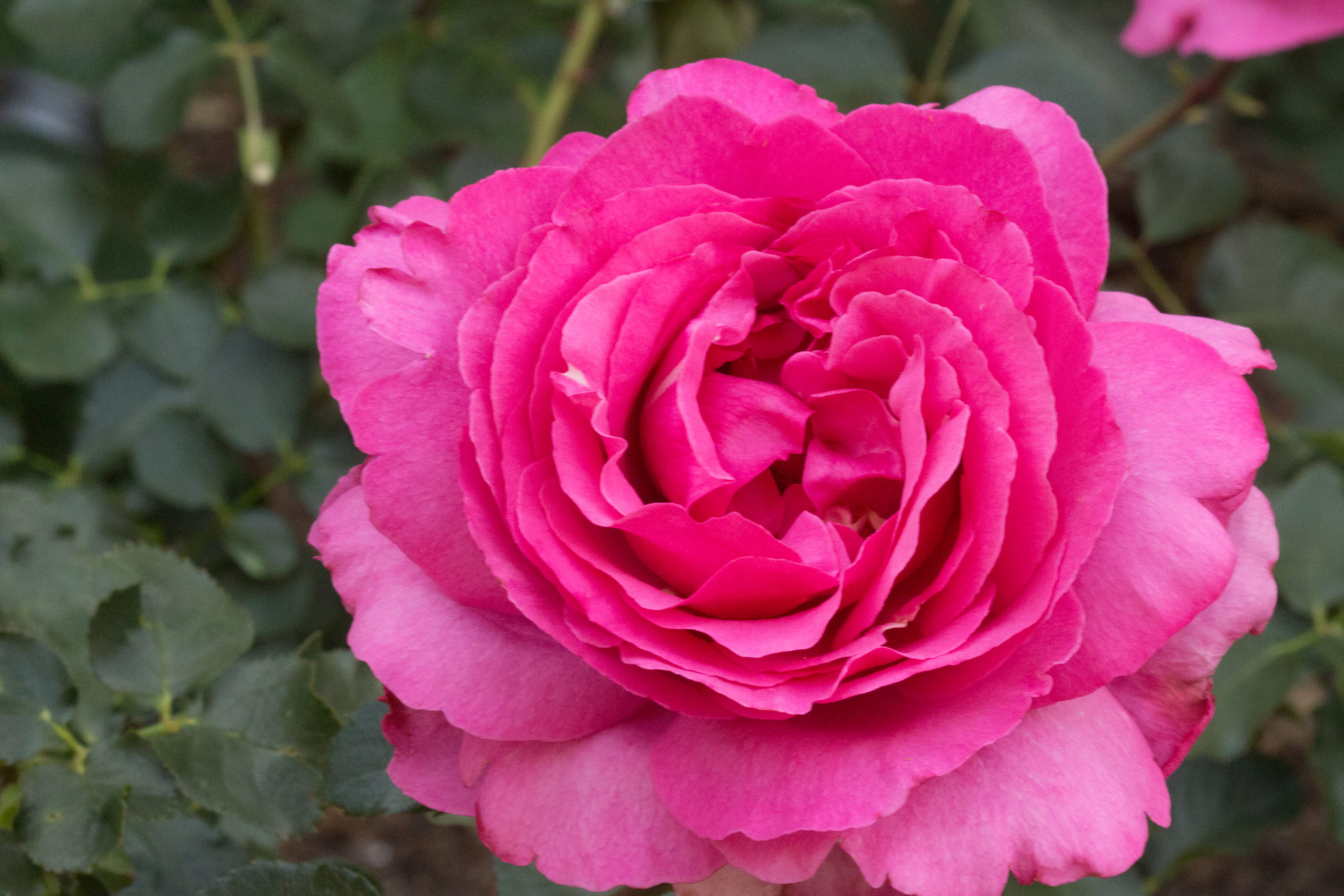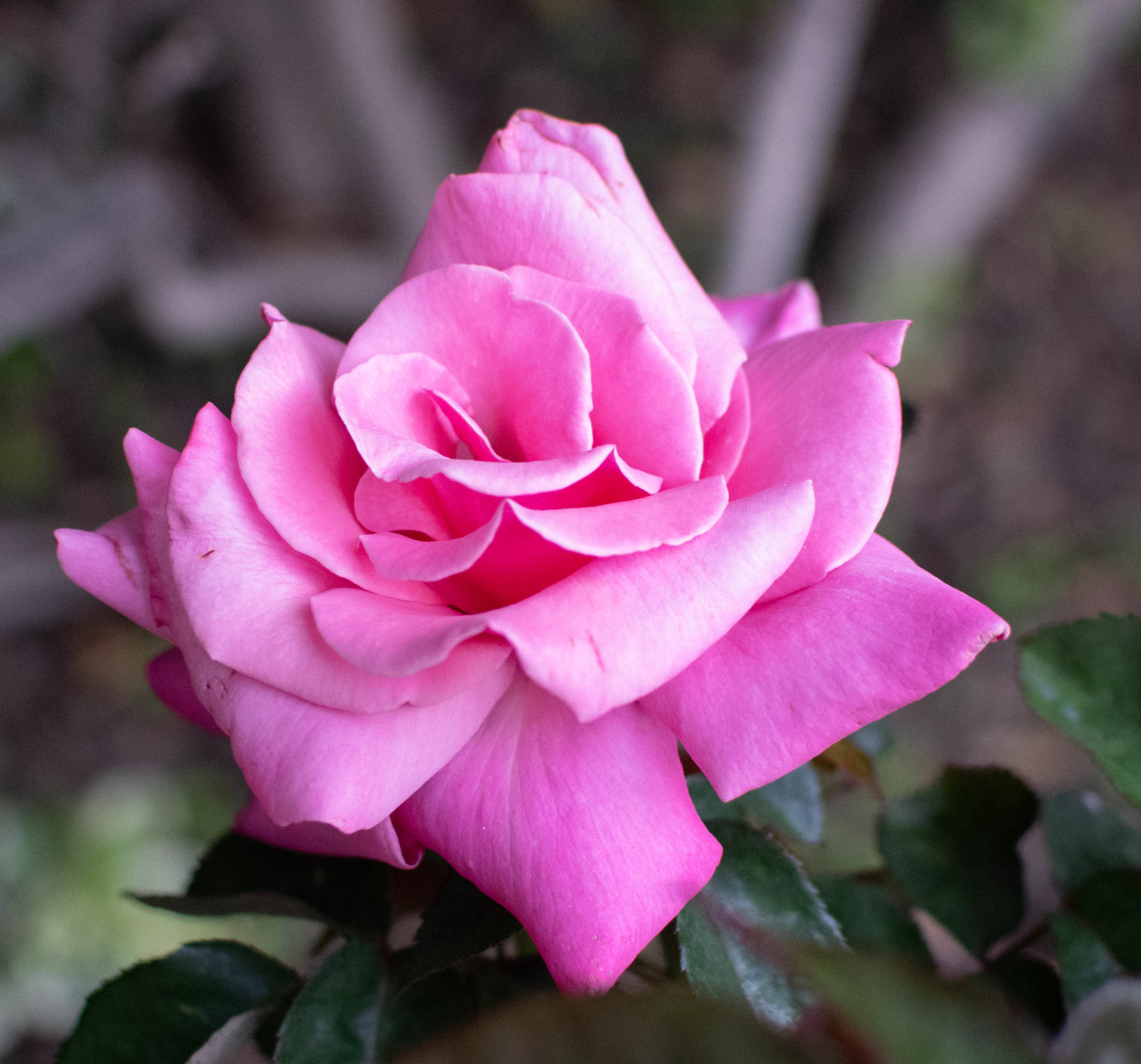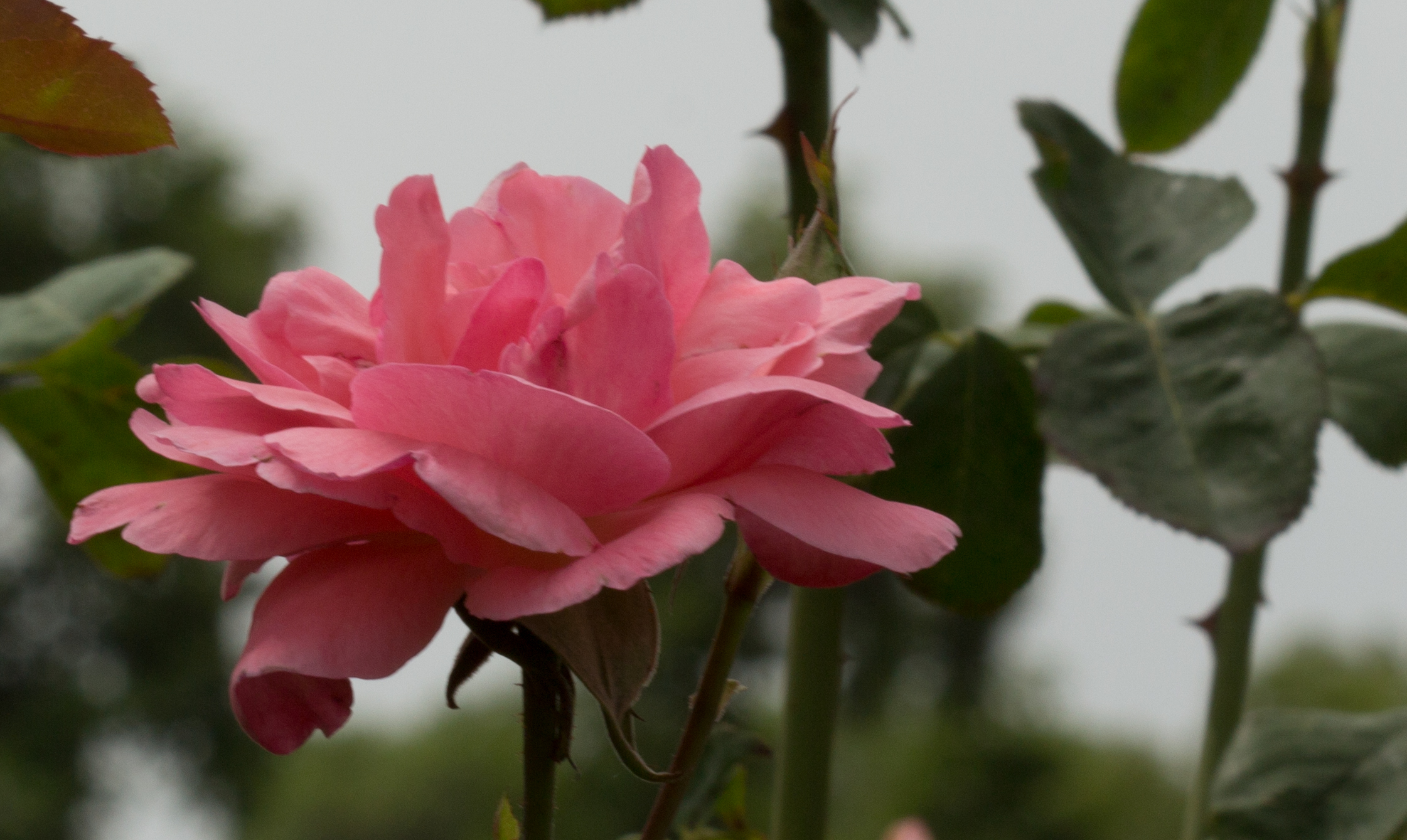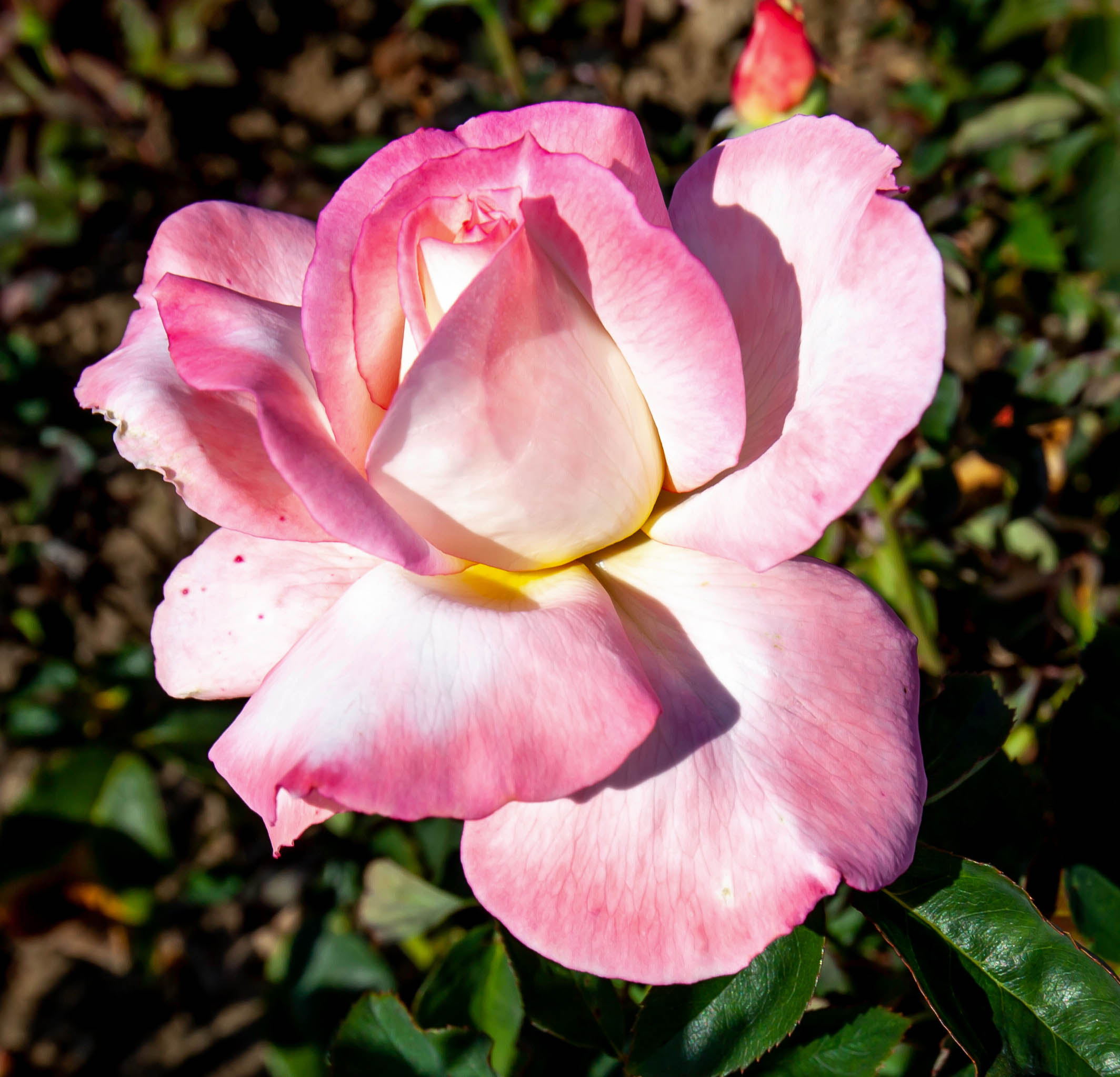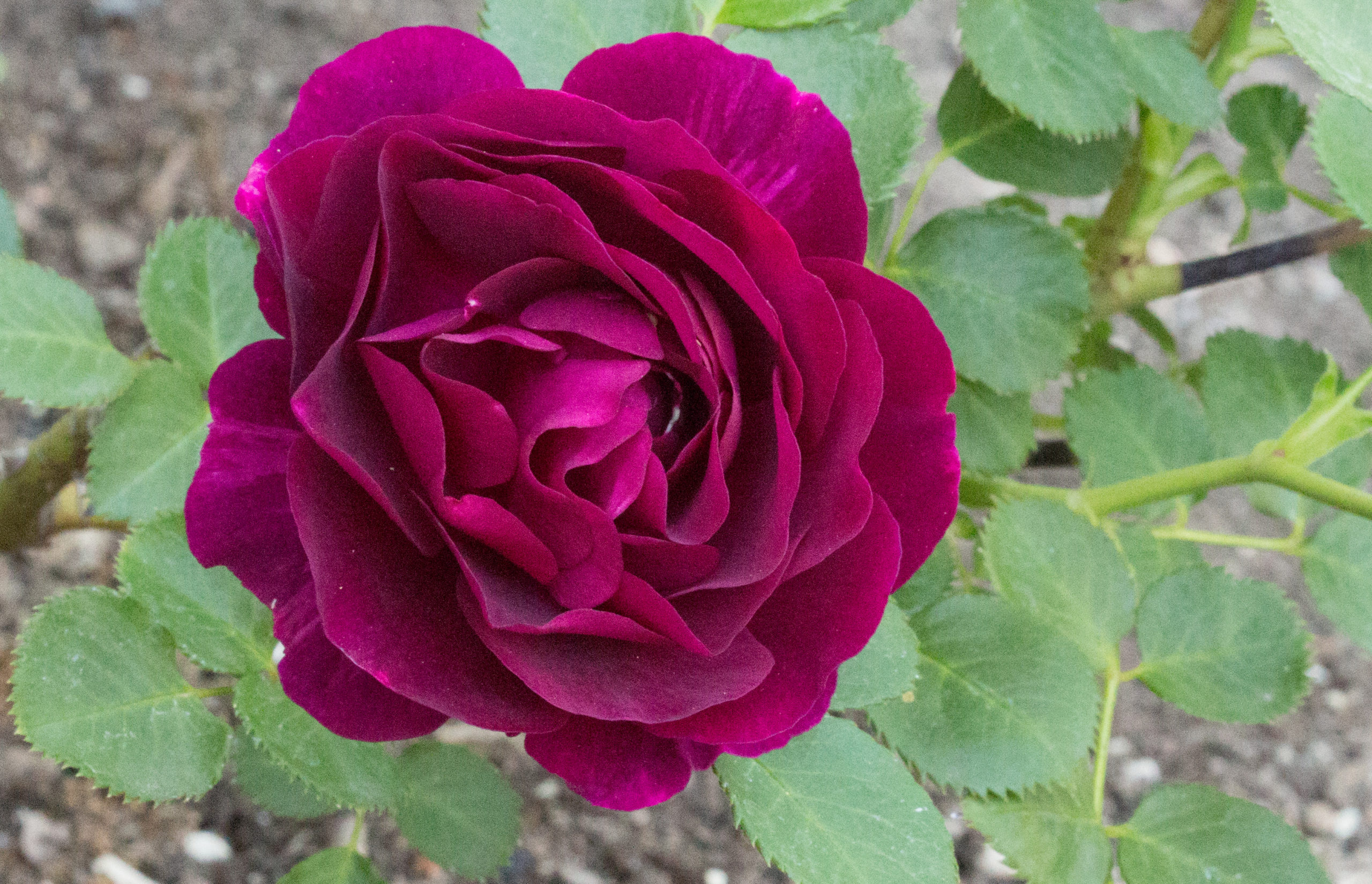GardenZeus Recommendations for Hybrid Tea and Grandiflora Rose Varieties in California Zone 15
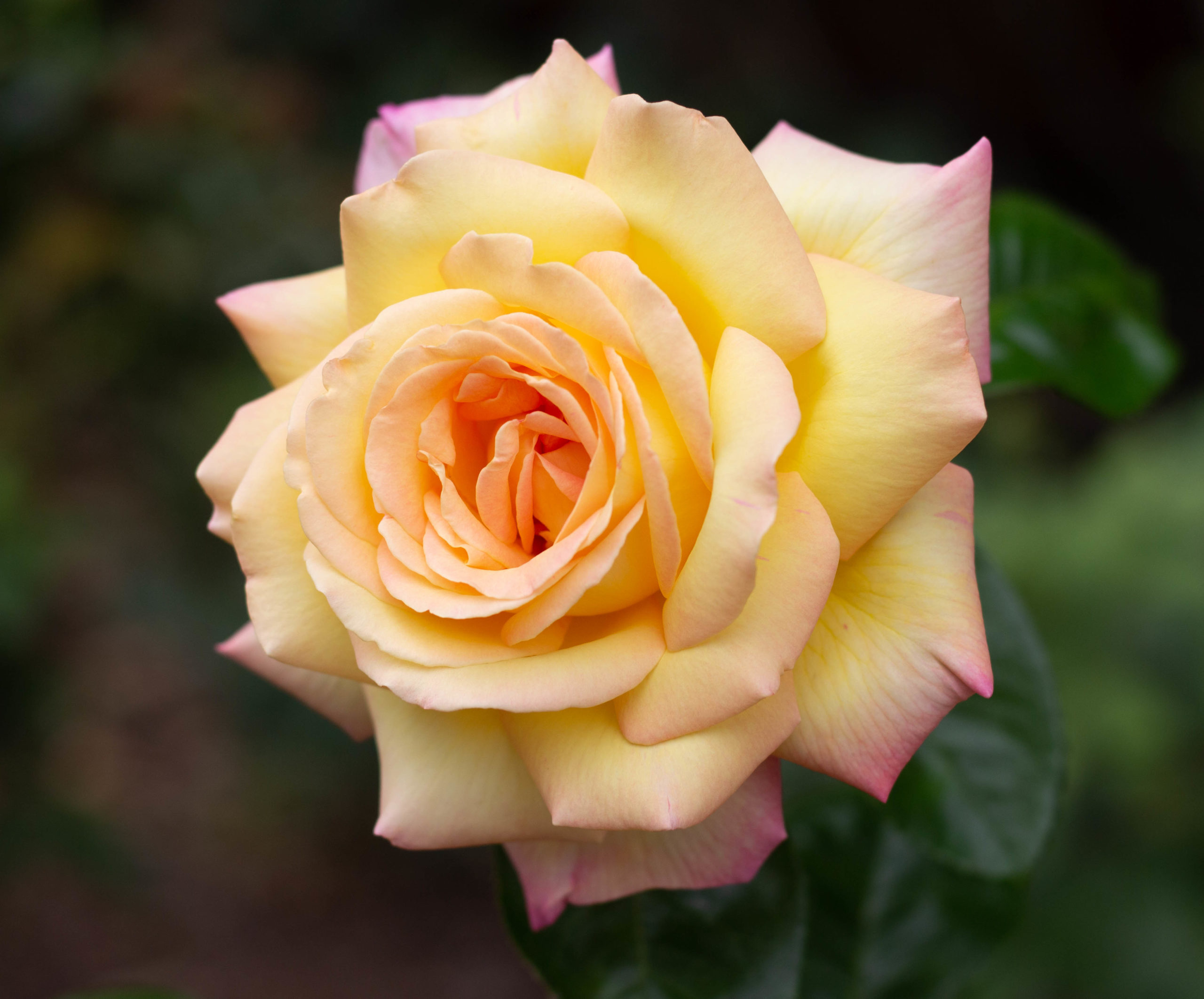
For gardeners who want to grow cut roses for floral arrangements, hybrid tea roses are significantly more valuable than any other class of rose and offer an unmatched array of colors and blooms grown on sturdy stems. While superior for cut flowers, hybrid tea roses also have drawbacks as landscape plants, including disease susceptibility, less-attractive form than other rose classes, and greater maintenance requirements. Most hybrid teas flower vigorously early in the growing season, typically producing large, lovely blooms at the end of long stems, and most continue blooming throughout the remaining season. They require regular fertilization to perform optimally.
Hybrid teas and grandifloras can grow to enormous size in Southern California’s regions with significant coastal influence; in your zone, both classes grow much larger than the same rose varieties grown elsewhere. Hybrid teas may reach 5 to 6 feet in height and grandifloras may exceed 10 feet in your zone regardless of the stated height you see in reference guides or catalogs.
You are fortunate to live in an area where you can choose from an array of wonderful hybrid tea and grandiflora roses. GardenZeus has consulted with local professional rosarians to compile the list below of hybrid teas and grandifloras that are known to perform well during cool-to-warm summers of your zone. Color, bloom, fragrance, and disease resistance are described for each variety. Size is indicated only when different than the typical range described above.
Hybrid teas tend to be less disease-resistant in general than other classes of roses, and older hybrid tea varieties tend to be less disease-resistant than newer introductions. If you are a beginning gardener or are new to growing roses, GardenZeus recommends that you begin with hybrid-tea varieties known to be disease resistant, and then consider attempting to grow the more-disease-prone varieties.
It can be challenging to decide where to place hybrid tea roses in a landscape. They tend to be leggy with thick, thorny, bare lower stems or “legs” that are less attractive than those of other rose classes. Many gardeners keep hybrid teas in a separate bed dedicated to cultivating cut flowers rather than for display in the landscape. This approach makes it easier to meet the watering needs of hybrid teas, and allows spacing for adequate air circulation between plants to discourage foliar diseases. An alternative approach is interplanting hybrid teas at the middle or back of a landscape area, with smaller and fuller plants in front to hide the unattractive “legs” of the hybrid teas. This works as long as the sun and watering needs are met for the group of plants, but may result in more challenges with diseases.
WHITE
Pope John Paul II (hybrid tea, 2008): A famously fragrant white rose. Recommended by GardenZeus as the best white rose for floral arrangements. Elegant pointed buds open to full, classically shaped, 5-to-6-inch pure-white flowers. Spring blooms are largest. Citrus-rose fragrance. Disease resistant.
YELLOW AND BLENDS
Sunshine Daydream™ (grandiflora, 2012): Recommended by GardenZeus as the best pale-yellow rose for floral arrangements. Produces fully-double, pale-yellow buttery blooms that fade to cream with age. Minimal-to-no fragrance. Disease resistant.
Ch-Ching! (grandiflora, 2010): Attractive, long-lasting, solid-yellow flowers on large grandiflora plants. Typically produces multiple lovely bloom clusters at the same time. Strong sweet-and-spicy fragrance. Disease resistant.
Peace (hybrid tea, 1935): A lovely, iconic, pink-and-yellow-blended, heat-tolerant hybrid tea. One of the most-beloved and most-grown hybrid-tea roses. While commonly recommended in your zone, Peace provides a degree of challenge and is most suitable for experienced rose growers and those willing to manage pests and diseases. Peace rose won AARS honors in 1946 on the day the peace treaty was signed with Japan that ended World War II. Produces large, fully double blooms up to 6 inches in diameter with soft yellow centers and pink edges. Petals fade from yellow to pink, with mature blooms displaying a lovely blended yellow nested in light pink. Peace rose has two specific requirements for maximum flowering: first, because it blooms on new wood, it must be pruned early to promote new growth; and second, it must be deadheaded regularly for repeat blooming. Slightly fruity fragrance. Unfortunately, Peace is subject to insect pests and a variety of diseases including black spot; to produce blooms of consistently good quality, growers of this exceptional rose must be prepared to discourage pests and diseases with good cultural practices and respond quickly when problems occur.
Dream Come True™ (grandiflora, 2008): Highly recommended. Prolific producer of yellow blooms blended and edged with red. Flowers grow larger at cooler temperatures. Mild fragrance. Disease resistant.
Gold Medal (grandiflora 1983:) Excellent medium to large blooms on grandiflora-sized plant for experienced rosarians. Full golden yellow blooms are brushed with copper-to-orange shading; colors lighten with maturity. Flowers are borne singly or in clusters. Fruity fragrance. Growers of this wonderful rose must be prepared to discourage pests and diseases with good cultural practices and respond quickly when problems occur.
Sunstruck™ (hybrid tea, 2006): Highly recommended gold to apricot rose. Extremely large 6-inch flowers gold blooms are brushed with apricot with an interesting fan of color on the reverse. Achieves best color with some afternoon shade. Light fruity fragrance. Disease resistant.
GOLD, APRICOT, ORANGE AND BLENDS
Over the Moon™ (hybrid tea, 2005): Highly recommended warm-apricot rose. Deep apricot buds open to slightly softened, warm apricot blossoms. Performs best in your zone once well-established. Bushy and vigorous smaller plant to 4.25 feet. Mild-to-moderate fruity fragrance. Disease resistant. Better color and more vigorous than Just Joey.
About Face™ (grandiflora, 2005): An unusual, vigorous, and prolific reversed bicolor rose, with the darker color, an earthy bronze-orange-red, on the underside of petals, and the lighter color, soft yellow to gold, on the upper side of petals. Good for cut flowers. Mild, sweet, fruity-rose fragrance. Disease resistant.
Tropicana (hybrid tea, 1960): A lovely coral rose most suitable for experienced rose growers because of its susceptibility to mildew. Big pointed buds are borne on long stems and open into coral/orange, 5-inch fully double blossoms. Sweet fruity fragrance. To produce blooms of consistently good quality, growers should be prepared to discourage mildew with good cultural practices and to respond quickly when infections occur.
Just Joey (hybrid tea, 1972): Unusual warm-apricot color. Voted The World’s Favorite Rose in 1994. Coppery apricot buds open into large ruffled flowers. Produces the most-vibrant blooms at moderate temperatures. Bushy and vigorous smaller plant to 4 feet. Strong fruity fragrance. Disease resistant.
Tournament of Roses (grandiflora, 1989): Recommended by GardenZeus as a top choice in your zone for a coral-to-pink rose. Named in celebration of the 100th Anniversary of the Tournament of Roses. Coral-pink pointed buds open to magnificent 4-inch coral-pink blooms with paler pink edges and darker reverse. Slight fragrance. Disease resistant.
Gemini (hybrid tea, 2000): Unusual coral-and-white blend most suitable for experienced rose growers because of its susceptibility to disease. Buds open to creamy white fully-double blooms edged with deep coral. Produces the largest and best-quality blooms at moderate temperatures. Mild fragrance.
Chicago Peace (hybrid tea, 1962): Produces large 5-inch yellow-pink-orange-blended blooms. Prefers abundant sun. Tolerates hot weather. Chicago Peace blooms on new wood; it should be pruned early to promote new growth, and deadheaded regularly to promote repeat blooming. Slightly fruity fragrance. Unfortunately, Chicago Peace is one of the older hybrid teas that is susceptible to black spot, and is most suitable for experienced growers who can implement good cultural practices to minimize pests and diseases and respond quickly when problems occur.
Sunset Celebration™ (hybrid tea, 1998): Commemorates 100th anniversary of Sunset Magazine. Classically shaped apricot rose buds open to full 4½-5½ apricot blossoms touched with pink, peach and cream. Best color in cooler temperatures. Moderate fruit fragrance. Disease resistant. Plant grows to 4 feet.
RED AND BLENDS
Firefighter® (hybrid tea, 2005): GardenZeus recommends Firefighter as the perfect, prolific red rose for cutting and flower arrangements. This variety also brings history and heritage to the garden, as it was named in honor of the firefighters who died in the 9/11 terrorist attacks. A portion of proceeds from the sale of this rose goes to maintain the Remember Me Rose Gardens in New York, Washington DC, and Pennsylvania. Produces large, rich-velvet, red, fully-double blossoms on long stems. Color and bloom quality are best at cooler temperatures, usually during spring-to-early-summer in your zone. Extremely fragrant. Moderate disease resistance.
Double Delight® (hybrid tea, 1977): A truly spectacular red-and-yellow blend that is unfortunately prone to black spot but well worth the effort from skilled gardeners to manage disease. Buds are lovely cream blushed with red, and open into classic hybrid-tea blooms with creamy centers that are surrounded by unusual, eye-catching, conversation-piece soft-red blossom edges. Excellent as a cut flower. Blooms continually when regularly deadheaded. Produces best color and flower size with warm days and cool nights. This bushy smaller plant grows to 4 feet. Superior fragrance. Gardeners who have struggled with disease on Double Delight® but love its appearance may want to try Dick Clark (grandiflora, 2011). Dick Clark has a creamy-yellow center with pink edges that age to dark red. However, Dick Clark is much more vigorous and disease resistant. Dick Clark’s flowers are borne in hybrid-tea-rose form and make excellent cut flowers, but have smaller creamy-yellow centers and less fragrance than Double Delight®.
Rock & Roll™ (grandiflora, 2009): Recommended by GardenZeus as an unusual bicolor. Creamy buds open to irregularly striped, almost mottled flowers in fascinating variations of burgundy, red and white. Flowers are largest in moderate temperatures. Strong rose-and-fruit fragrance. Disease resistant.
Love (grandiflora, 1980): Striking bicolor has bright red upper pedals with crisp white reverses. Full 4 inch blossoms are borne singly on grandiflora-sized plant. Mild fragrance. Disease resistant.
ROSE/PINK
Fame!™ (hybrid tea, 1997): GardenZeus recommends Fame! as an exceptional dark-pink rose for your zone. Lovely cherry-pink flowers are superior for cutting. Mildly fragrant. Disease resistant.
Yves Piaget® (hybrid tea, 1983): Frustrated peony lovers who live in warm areas of Southern California should consider trying Yves Piaget rose. Perfectly combines old fashioned rose form and striking color. The large 5-inch peony-like deep-mauve pink blossoms are cupped in shape and extravagantly ruffled. Upright smaller plant to 4 feet. Strong rose fragrance. Disease resistant.
First Prize (hybrid tea, 1970): Decades after its introduction, First Prize remains an almost incomparable soft-pink rose. This classic and much-beloved rose is most suitable for experienced rose growers who can implement good cultural practices and respond quickly to minimize pests and diseases. Huge pointed buds open into tight-centered, lovely, 6-inch double blooms in undulating, soft-pink hues. Prolific, very-large blooms make for stunning displays. Mild tea-rose fragrance.
Queen Elizabeth (grandiflora, 1955): Pink blooms on large grandiflora plants. This rose commemorates Queen Elizabeth II taking the throne in 1952. This famously-named rose performs well in your zone, although many rosarians would argue that flowers borne by First Prize and New Zealand are more spectacular. Pointed blooms open to 4-inch pale-pink ruffled blooms on long-stemmed clusters. Moderately fragrant. Disease resistant.
New Zealand (hybrid tea 1995): Widely considered one of the most beautiful roses. Excellent choice for novice rose growers. Soft pink upper pedals have peach pink reverses. Large blooms are borne singly and in clusters. Strong honeysuckle fragrance. Disease resistant.
Secret (hybrid tea, 1994): Recommended by GardenZeus as an excellent coral-and-cream blend. Yellow buds with rose edges open to medium-sized blooms with cream centers and coral edges in hybrid tea form. Vigorous, prolific plant to 4 feet. Strong spicy fragrance. Disease resistant.
LAVENDER AND PURPLE
Barbara Streisand (hybrid tea, 2001): Recommended by GardenZeus as the standout lavender rose for your zone. Barbara Streisand personally selected this exceptional rose to bear her name. Large, shapely, pale-lavender blossoms with slightly darker outer petals. Produces richest flower color at moderate temperatures. Strong sweet-rose fragrance. Disease resistant.
Melody Parfumée™ (grandiflora, 1999): Plum-to-lavender blooms on large grandiflora plants. Classic hybrid-tea buds open into light-plum-to-lavender blooms that fade to a lighter lavender with age. Strong rose fragrance. Disease resistant.
Twilight Zone (grandiflora, 2013): Recommended by GardenZeus as the standout deep-purple rose for your zone. Richly purple, luscious, double blooms with an old-rose form. Strong spicy-citrus-rose fragrance. Sturdy smaller plants to 3.5 feet. Disease resistant.
